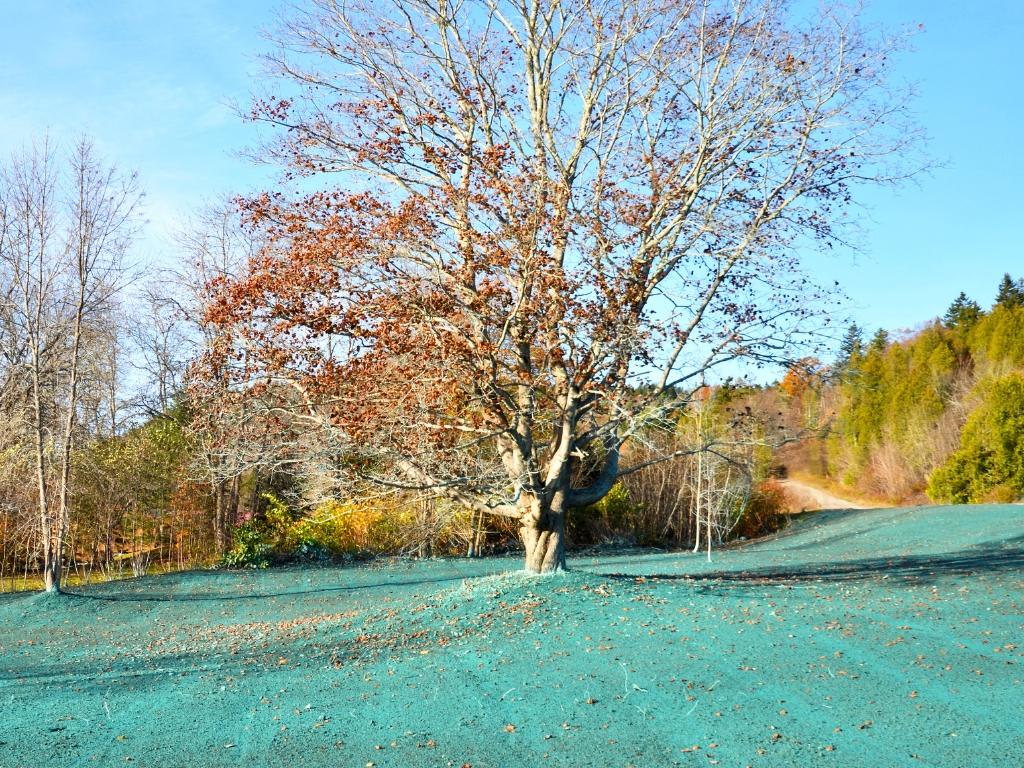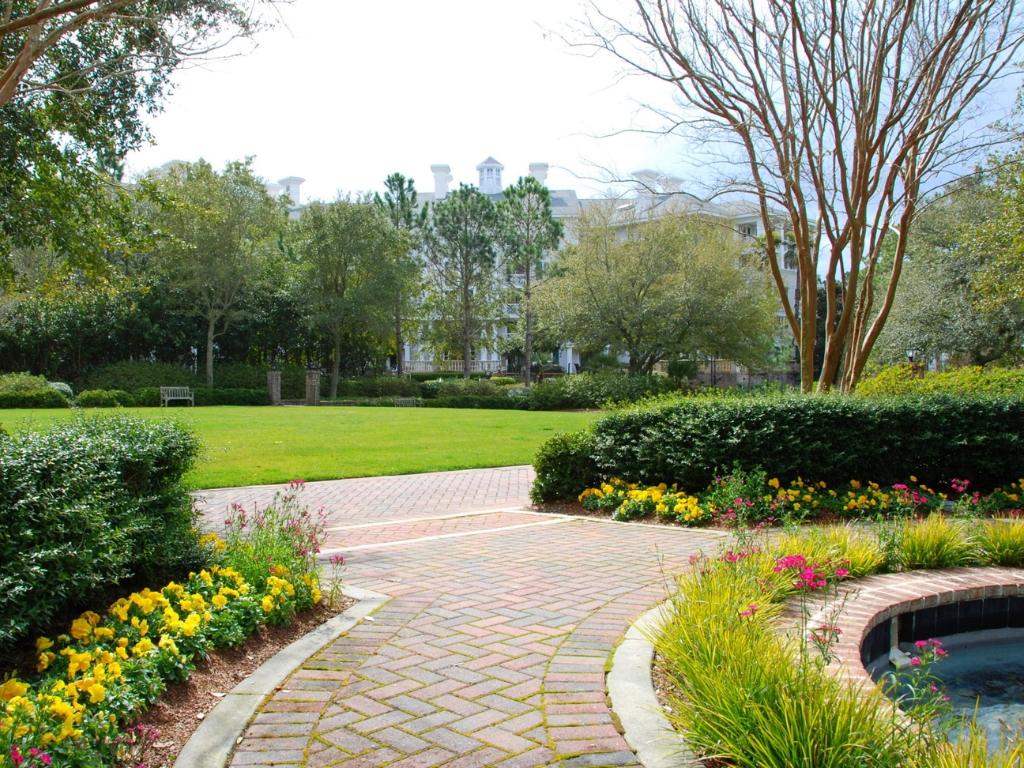Maintaining a commercial property takes more than keeping the lights on and the rent paid. Landscaping plays a critical role in how people perceive your property. Whether it’s tenants, investors, or daily visitors, the outdoor appearance makes a strong first impression.
This guide breaks down what commercial landscape maintenance actually involves, why it’s worth prioritizing, and how you can manage it more efficiently.
What Is Commercial Landscape Maintenance?
Commercial landscape maintenance refers to all the ongoing tasks required to keep a property’s outdoor areas clean, functional, and presentable. It goes beyond simple lawn mowing.
It includes:
- Routine lawn care
- Tree and shrub management
- Seasonal tasks
- Irrigation system upkeep
- Pest and weed control
- Cleanups and enhancements
The goal is to create a safe, attractive space that adds value to the property and supports its use—whether it’s for retail, office, industrial, or multi-tenant use.
Why Property Managers Should Prioritize Landscape Maintenance
Neglecting the exterior of your property leads to problems. Here’s what consistent maintenance helps you avoid—and what it helps you achieve.
1. Tenant Retention
Well-maintained common areas improve the tenant experience. When tenants feel the property is taken care of, they’re more likely to stay and renew their lease.
2. Improved Curb Appeal
Landscaping is often the first and most visible feature of a property. Crisp edges, healthy plants, and weed-free lawns show professionalism and pride of ownership.
3. Reduced Liability Risks
Broken branches, uneven walkways, and overgrown areas can cause injuries. Regular maintenance lowers the risk of accidents and lawsuits.
4. Long-term Cost Savings
Ignoring problems leads to more expensive repairs. Preventative care—like irrigation checks and pest control—extends the life of your landscape.
5. Higher Property Value
Properties with clean, well-kept landscapes attract better tenants and justify higher rental rates.
What Services Are Included in Commercial Landscape Maintenance?
Here’s a breakdown of the most common services your contractor should include:
- Lawn mowing and edging: Regular cutting of grass and trimming along sidewalks and borders to keep the lawn neat.
- Weed control and fertilization: Applying products to prevent weeds and promote healthy grass and plant growth.
- Tree and shrub pruning: Cutting back overgrowth to maintain shape, remove hazards, and support plant health.
- Seasonal color installations: Planting flowers or decorative plants suited for the current season to enhance appearance.
- Mulch application: Spreading mulch around plants and trees to retain moisture, suppress weeds, and improve soil.
- Irrigation system checks: Inspecting and adjusting sprinklers and drip systems to ensure proper water coverage and efficiency.
- Pest and disease management: Monitoring and treating plants for insects or infections that could damage the landscape.
- Storm debris and leaf cleanup: Removing fallen branches, leaves, and debris after storms or during seasonal changes.
- Snow and ice control (in cold climates): Clearing snow and applying salt or de-icer to walkways and parking areas for safety.
- Trash and litter removal in landscaped areas: Picking up garbage and debris to keep outdoor spaces clean and professional.
Not every property needs every service. But your landscape contractor should build a plan that fits your layout, plantings, and local conditions.
How Maintenance Needs Change by Season
Landscapes respond to weather and temperature. That’s why your plan should adjust each quarter.
Spring
- Lawn aeration and overseeding: Loosens compacted soil and adds new grass seed to encourage thicker, healthier lawns after winter.
- Weed pre-emergent application: Prevents weed seeds from germinating and spreading before they start growing.
- Fertilization and pruning: Boosts plant growth and removes dead or damaged branches to shape trees and shrubs.
- Mulch refreshing: Adds a new layer of mulch for moisture retention, weed control, and a clean appearance.
- Planting of seasonal flowers: Adds color and appeal using flowers suited for spring weather.
Summer
- Weekly mowing and edging: Keeps grass looking neat and prevents overgrowth during peak growing season.
- Irrigation inspection and repair: Ensures systems are working properly to avoid dry spots or overwatering in hotter months.
- Pest control and disease prevention: Targets insects and plant diseases that become more active in summer heat.
- Deadheading flowers and trimming shrubs: Encourages new blooms and keeps plants tidy by removing spent flowers and overgrowth.
Fall
- Leaf removal: Clears leaves from lawns and beds to prevent smothering grass and attracting pests.
- Final fertilization treatment: Prepares lawns and plants to survive winter by strengthening roots.
- Tree trimming: Removes weak or hazardous limbs before winter storms can cause damage.
- Winter plant protection where needed: Wraps or covers sensitive plants to shield them from frost.
Winter
- Snow and ice removal (as needed): Clears walkways, driveways, and entryways to reduce slip hazards and maintain access.
- Tree and branch inspections: Checks for cracks or damage that could become dangerous under snow or ice.
- Planning upgrades for spring: Reviews landscape needs and budgets improvements for the next season.
- Irrigation system shut-off or maintenance: Drains or winterizes systems to prevent freezing and damage.
How to Choose the Right Landscape Maintenance Company
A good contractor does more than show up. They should understand your goals, communicate clearly, and have the resources to meet your property’s needs.
Here’s what to look for:
- Experience with Commercial Properties: Residential experience isn’t the same. Commercial work requires familiarity with parking lots, multi-tenant schedules, and property access logistics.
- Licensed, Insured, and Professional Experts: You should never hire a company that isn’t properly covered. Ask for certificates of insurance and a copy of their license.
- Clear Scopes of Work: Get a service calendar and detailed list of what’s included. Know when tasks are performed and what standards are expected.
- Reliable Communication: You should have a dedicated contact who responds quickly and proactively. Contractors should notify you about issues before they become problems.
- References and Reviews: Ask for recent projects similar to yours. Look for consistency, quality, and customer satisfaction.
How Much Does Commercial Landscape Maintenance Cost?
Smaller properties might pay a few hundred dollars per month. Larger, complex properties may have contracts in the thousands. Pricing varies based on:
- Property size
- Number of landscaped areas
- Type and complexity of plantings
- Frequency of service
- Scope of seasonal work
To build your budget:
- Request 2–3 bids from reputable contractors.
- Compare what’s included, not just the price.
- Look at longer-term value, not just short-term cost.
- Review your current landscape condition—neglected properties cost more to restore.
Don’t skip key services to cut costs. Skipping regular pruning, fertilization, or irrigation repairs may save money this quarter, but cause damage by the next.
Common Problems That Signal Poor Maintenance
If you’re already working with a landscape company, watch for these red flags:
- Inconsistent service days or skipped visits
- Browning turf or dying plants
- Poor weed control
- Litter left in planter beds
- Overgrown shrubs blocking signage or walkways
- Lack of reporting or updates
Good maintenance should be visible and measurable. If your contractor doesn’t deliver, your tenants and visitors will notice.
How to Keep Maintenance on Track
Even with a great contractor, your involvement matters. Here’s how to stay organized:
- Walk the property monthly: Look for changes, damage, or areas of concern.
- Keep photo records: Before-and-after photos help document progress or issues.
- Schedule quarterly reviews: Meet with your contractor to go over upcoming tasks and performance.
- Use a service checklist: Track what’s been done and what’s pending.
- Set improvement goals: Tackle one area of the property each season—new mulch, tree upgrades, or drought-friendly plantings.
Making the Most of Your Landscape Investment
Maintenance is part of long-term planning. If you manage properties year-round, think beyond basic care:
- Add low-maintenance native plants to reduce water and labor needs
- Use mulch to suppress weeds and improve soil health
- Upgrade irrigation systems to smart controllers for water savings
- Add benches, lighting, or pathways to boost usability
Each improvement enhances the tenant experience and helps your property stand out.
Final Thoughts
Commercial landscape maintenance isn’t a luxury—it’s a necessity. A well-managed landscape reduces liability, attracts tenants, and maintains property value.
Start by understanding your site’s needs. Choose a contractor who can deliver consistent, professional results. Stay involved with regular reviews and planning.
Ready to simplify your property’s landscape maintenance? Roberts Property Management offers reliable, professional service tailored to your needs. Contact us today to request a quote or schedule a walkthrough of your property.



